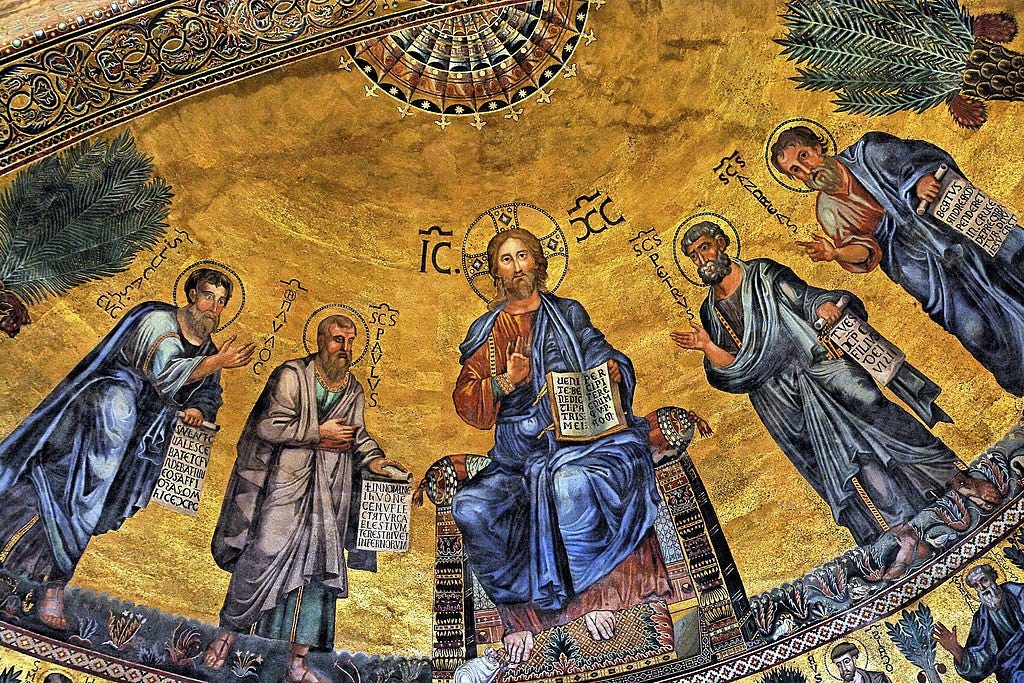Segments of Paul’s letters provide glimpse of earliest Christian beliefs
Brief passages may be hymns or creedal statements

Small sections of Philippians and Colossians may include some of the oldest words or creeds of Christianity.
Students of the Bible have long noticed that two segments of Paul’s letters — Philippians 2:6-11 and 1:15-20 — seem to be quotations of older material that Paul incorporated into…

